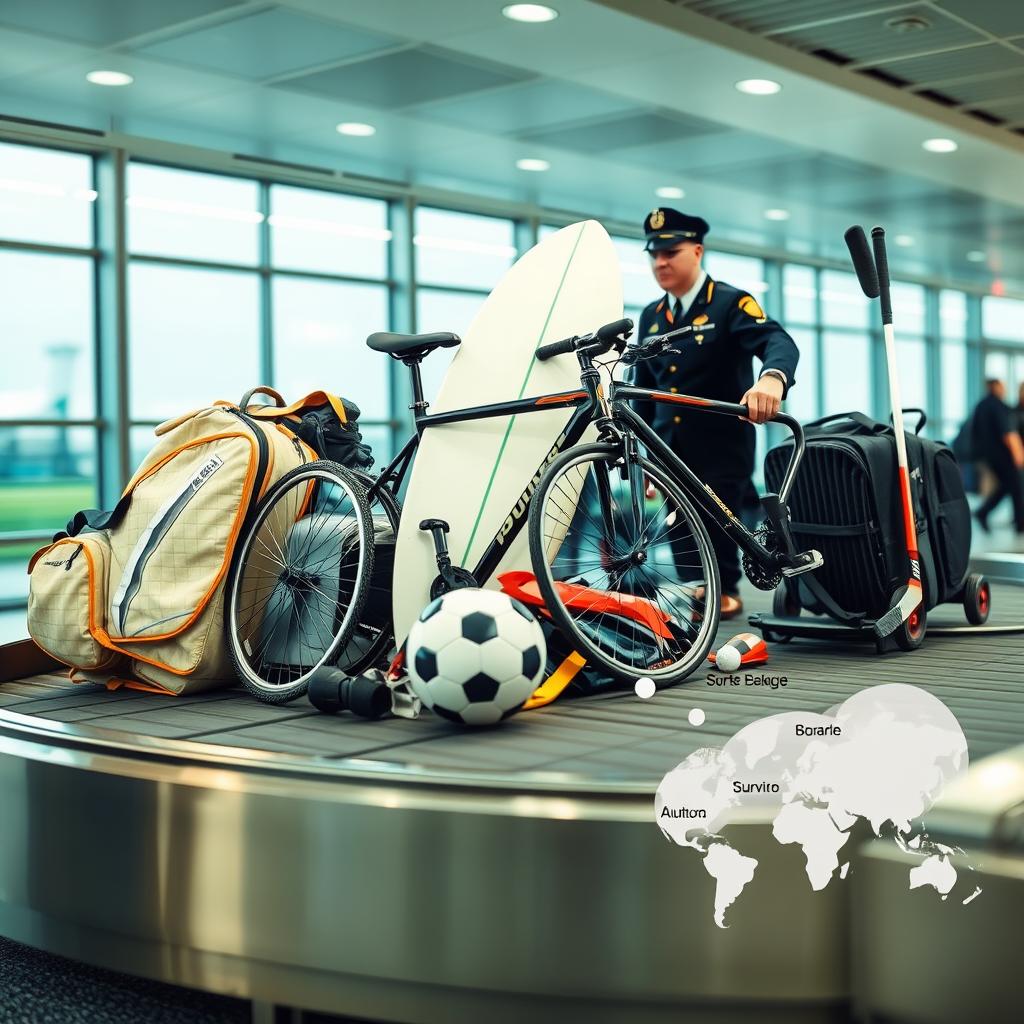Australia and New Zealand have seen significant modernization of baggage systems in recent years, reflecting their status as major long-haul transit regions and tourism destinations.
- Airport Upgrades: Major airports like Sydney (SYD), Melbourne (MEL), Brisbane (BNE), Auckland (AKL), and Wellington (WLG) have all embarked on expansion and tech upgrades. For instance, Sydney Airport’s Terminal 2 renovation included new automated baggage sorters and RFID tracking scanners to streamline international connections. Brisbane Airport’s massive new runway project (opened 2020) was paired with a new terminal baggage system that doubled its handling capacity. Auckland Airport added a third baggage claim carousel in 2023 to cope with growing demand. These projects often include state-of-the-art screening: new CT scanners at Brisbane and Adelaide allow 3D imaging of carry-ons, speeding clearance.
- Automation and Smart Tags: Australian carriers and airports are early adopters of self-service bag drop. Qantas launched Biometric bag-drop kiosks at Sydney and Melbourne, letting passengers check bags without staff intervention. Digital bag tags (like Air New Zealand’s trial of RFID-enabled electronic tags) are being tested to improve tracking. Both Qantas and Air New Zealand allow pre-tagging of bags via their apps. Mobile bag trackers (Bluetooth) are popular – indeed, many NZ travelers use AirTags on luggage, echoing global tech trends. Airports have responded by equipping sorting systems with RFID readers to read these new electronic tags.
- Regulatory Environment: Australia applies the Montreal Convention liability for lost baggage (~AUD 2,400) and has stringent Aviation Transport Security rules (e.g. Australians cannot carry certain batons or hockey sticks in cabin). Recently, Australia has moved to harmonize baggage charges with global standards: Qantas and Virgin Australia both revamped their baggage rules in 2023, offering bundled fare options (like all-inclusive bundles) alongside à-la-carte fees. This reflects a policy environment that balances consumer choice with airline business needs.
- Infrastructure Investment: The Australian government occasionally funds airport projects. For example, in 2022, the federal Passenger Movement Charge collected from airline tickets (AUD 60 per international passenger) was partially used to subsidize airport upgrades, including baggage systems. In NZ, the government’s COVID recovery loans helped airports invest in contactless check-in tech, including baggage drop. In private investment, Transit Airways in NZ entered a public–private partnership to upgrade Wellington Airport’s baggage handling for over NZD 100 million.
- Case Study – Pandemic and Labor: One recent challenge was the 2022–23 “Great Resignation” surge: baggage handling suffered staff shortages. To cope, Australian airports invested in more automation (trading manual loaders for conveyors) and NZ carriers expanded outsourcing to ground-handling firms. This trend, somewhat unique to this market, underscores the link between labor policy and baggage capacity.
Overall, Australasian baggage systems rank among the most modern outside Asia. High levels of automation, airline innovation (self-tagging, app tracking), and ongoing investments mean baggage in this region is handled efficiently. Travelers on Air NZ or Qantas often receive detailed baggage tracking via apps, and heavy sports gear (like surfboards to NZ beaches) is routinely accommodated with minimal issues. With continued growth in tourism and long-haul traffic, Australia and New Zealand are set to further refine their baggage infrastructure and policies.


